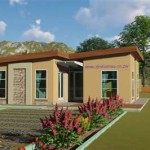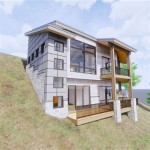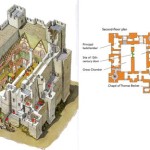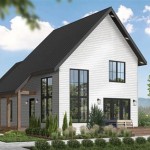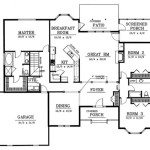Essential Aspects of a Comprehensive House Plan
A well-conceived house plan serves as the blueprint for your dream home, guiding every stage of construction. To ensure a successful building process, it's crucial to consider the following essential aspects:
1. Site Analysis and Zoning Regulations:Begin by thoroughly evaluating your building site. Assess its topography, soil conditions, and access to utilities. Determine any zoning restrictions or building codes that may impact your design.
2. Functional Space Planning:Carefully consider the flow and layout of your home. Plan for adequate space in each room, including bedrooms, bathrooms, kitchens, and living areas. Ensure seamless transitions between rooms and incorporate storage solutions into the design.
3. Architectural Style and Aesthetics:Choose an architectural style that aligns with your preferences and complements the surrounding environment. Consider the exterior materials, roof lines, and window placements to create a visually appealing facade.
4. Technical Drawings:Detailed technical drawings are essential for accurate construction. These include floor plans, elevations, sections, and a roof plan. They provide specific measurements, structural details, and material specifications.
5. Electrical and Plumbing Plans:These plans indicate the location of electrical outlets, switches, lighting fixtures, and plumbing fixtures. They ensure proper functionality, safety, and compliance with building codes.
6. Heating, Ventilation, and Air Conditioning (HVAC) Plan:The HVAC plan outlines the design and placement of heating, cooling, and ventilation systems. It ensures a comfortable and energy-efficient indoor environment.
7. Landscape and Hardscape Plan:If desired, include a landscape and hardscape plan to complement your home's exterior. This plan can encompass patios, walkways, gardens, and other outdoor living spaces.
8. Structural Calculations:Structural calculations determine the necessary materials and dimensions for structural elements such as foundations, walls, and roofs. These calculations ensure the safety and stability of your home.
9. Energy Efficiency Measures:Incorporate energy-efficient features into your house plan, such as insulation, high-performance windows, and renewable energy systems. These measures reduce energy consumption and operating costs.
10. Permitting and Inspections:Obtain necessary building permits from local authorities. Schedule regular inspections throughout the construction process to ensure compliance with the approved plans.
ConclusionA comprehensive house plan is indispensable for a successful building project. By carefully considering each aspect outlined above, you can create a home that meets your exact requirements, complements its surroundings, and provides a comfortable and safe living environment for years to come.

Residential Building With Detailed Plan Section Elevation Specifications Plinth Design

Floor Plans Of A House Blog

How To Properly Read Floor Plans And What Details Look For

House Plan Drawing Everything You Need To Know

Furnished Floor Plan Plans How To N House

European House Plan With 5 Bedrooms And Baths 6020

House Plans Building And Free Floor From South Plan Of The Month August

Typical Floor Plan Of One 1 Bedroom House Unit Details In Appendix Scientific Diagram

House Plan In Chennai Building Design Tall 3d Interiors

House Plan Cad Files Dwg Plans And Details

